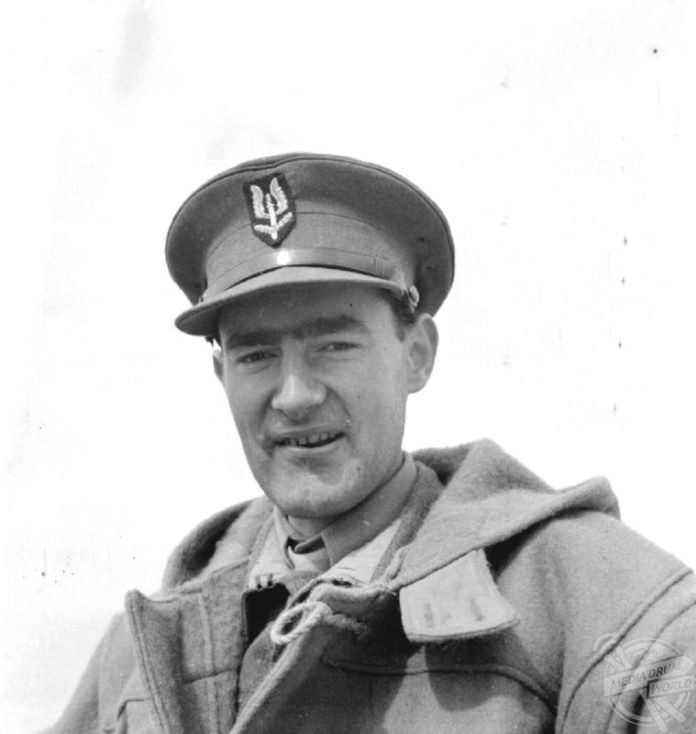
By Mark McConville
THE FULL story of Britain’s elite Special Forces’ operations in Italy during World War Two has been told in a new book.
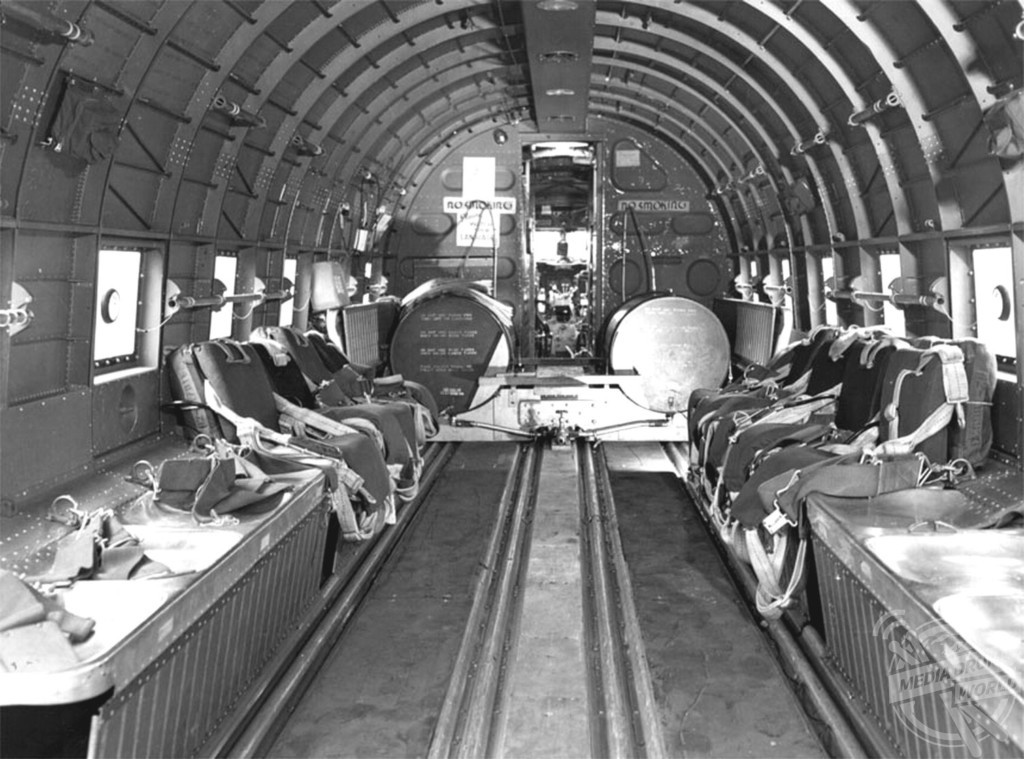
Malcolm Tudor / mediadrumimages.com
In the summer of 1943, the Special Air Service came out of Africa to carry the fight to the Germans and Fascists in Sicily and on the mainland.
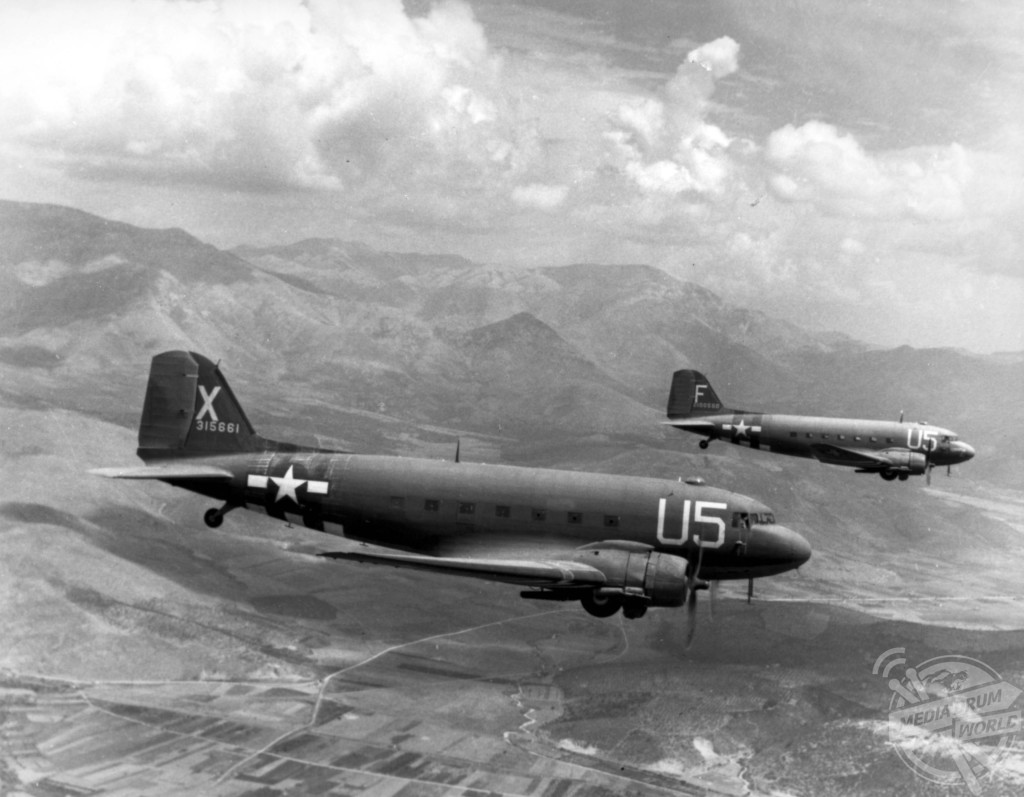
parachutists in Italy.
Malcolm Tudor / mediadrumimages.com
At the time, the originator of the SAS, Colonel David Stirling, was held in Italy’s high-security Prisoner of War Camp Five at Gavi in Piedmont. But his work continued.
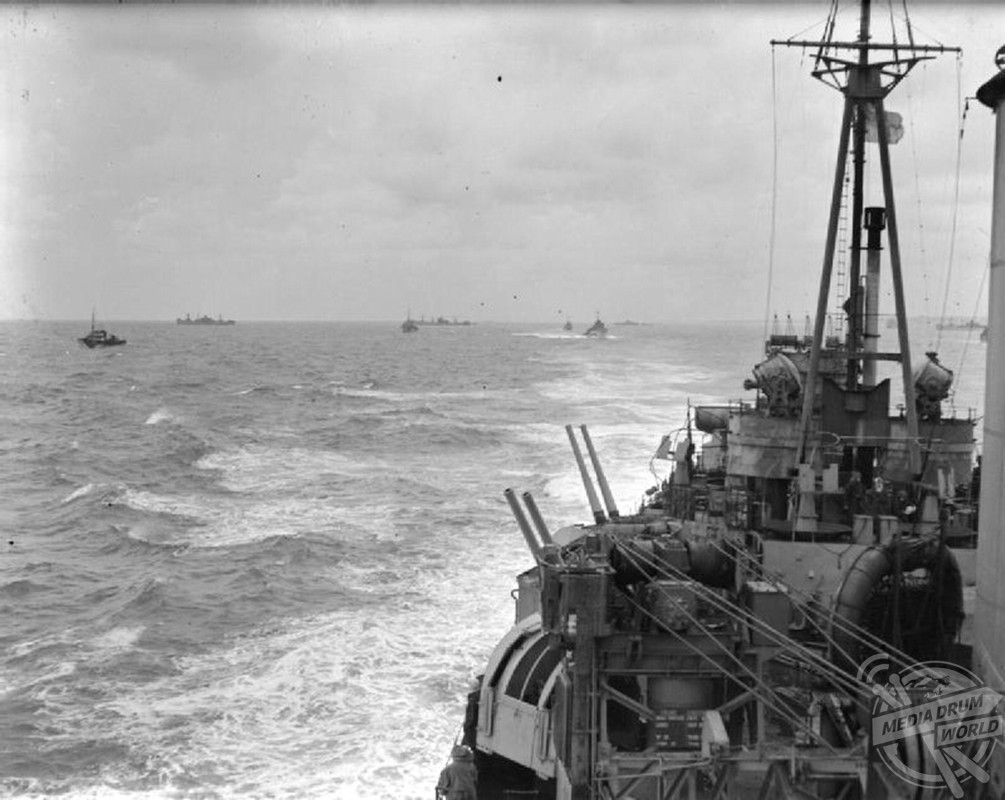
shore bombardment role. The light cruiser is shown here ready for action off the Anzio
beachhead in March 1944. The SAS supported the landings in January with operations to
impede German reinforcements.
Malcolm Tudor / mediadrumimages.com
The idea of small groups of parachutists operating behind enemy lines to attack strategic targets and to obtain intelligence was realised in the daring missions carried out in Italy by the men of the 2nd SAS Regiment and the Special Raiding Squadron.
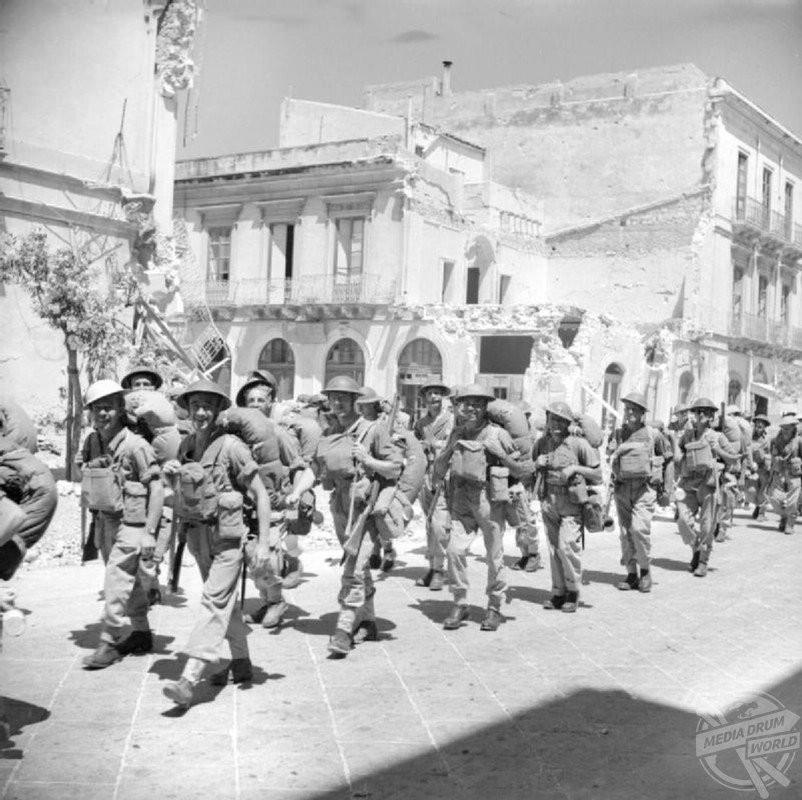
on the opening day of the invasion of Sicily, 10 July 1943, hours after the SRS had
destroyed enemy coastal batteries in their landing zone.
Malcolm Tudor / mediadrumimages.com
In the first phase, they mounted island raids, took part in the invasion of the mainland, rescued escaped prisoners of war and supported the Anzio landings. In the second phase, they helped to breach the Gothic Line and to secure the victory, this time in concert with the Italian Resistance.
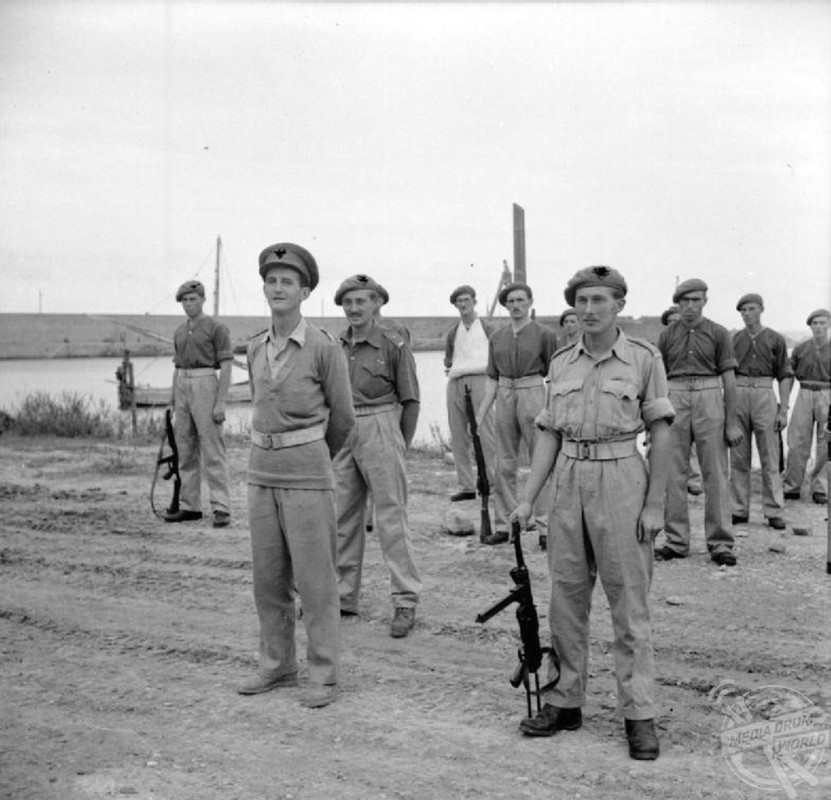
following their successful participation in the capture of the port of Termoli. Front left:
Maj. Alexander Scratchley, commander of the detachment. Front right: Capt. Roy Farran.
Malcolm Tudor / mediadrumimages.com
The SAS carried out over twenty operations in wartime Italy and they are all covered in Anglo-Italian historian Malcolm Tudor’s new book, SAS in Italy: 1943-1945, published by Fonthill Media.
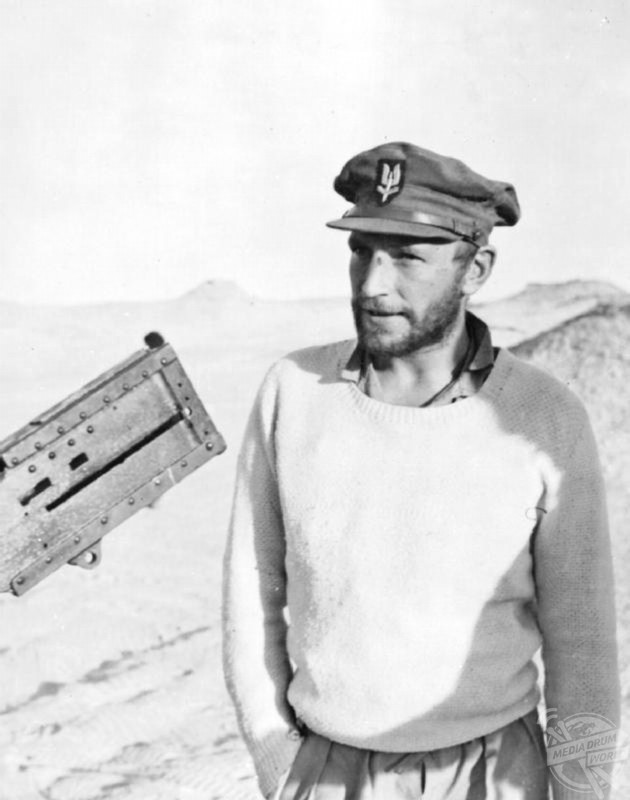
Italy and the 1st SAS Regiment.
Malcolm Tudor / mediadrumimages.com
“It was during this time—the last two years of the Second World War—that the SAS exploded on to the Italian scene,” he writes in the book’s introduction.
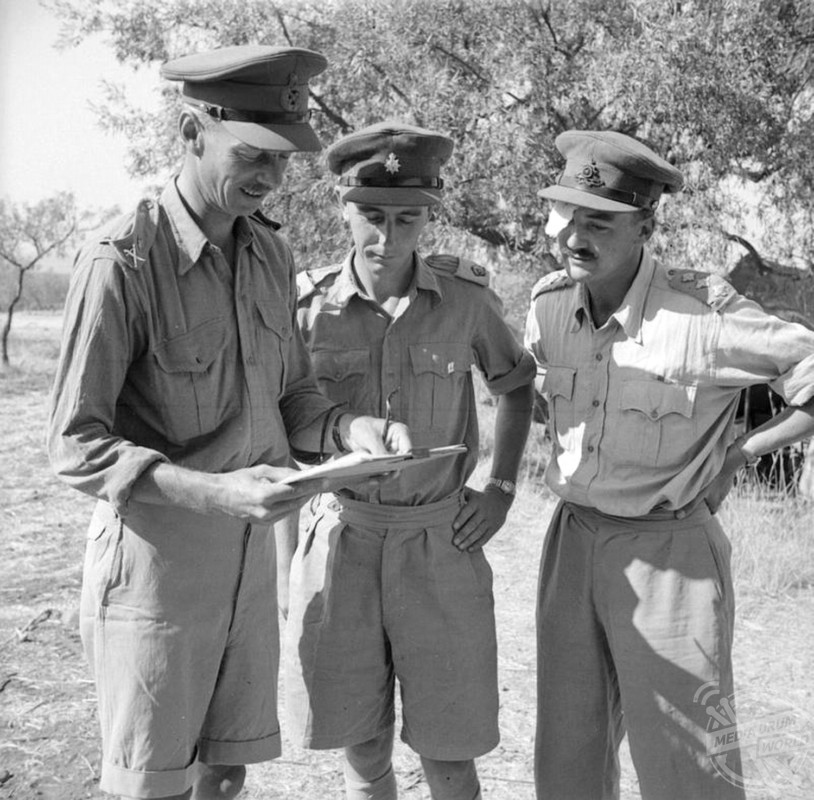
that he was originally only lent the Special Raiding Squadron (SRS) for the attack on the
guns of Cape Murro di Porco, after which it was to have returned to the Middle East, but
then went on to carry out three more successful operations in Italy.
Malcolm Tudor / mediadrumimages.com
“The 2nd SAS Regiment was responsible for a majority of the operations, while the Special Raiding Squadron (SRS) (temporarily replacing the 1st SAS Regiment) was also in action during Operation Husky, the capture of Sicily; Operation Baytown, the attack across the Straits of Messina; and Operation Devon, the capture of Termoli.
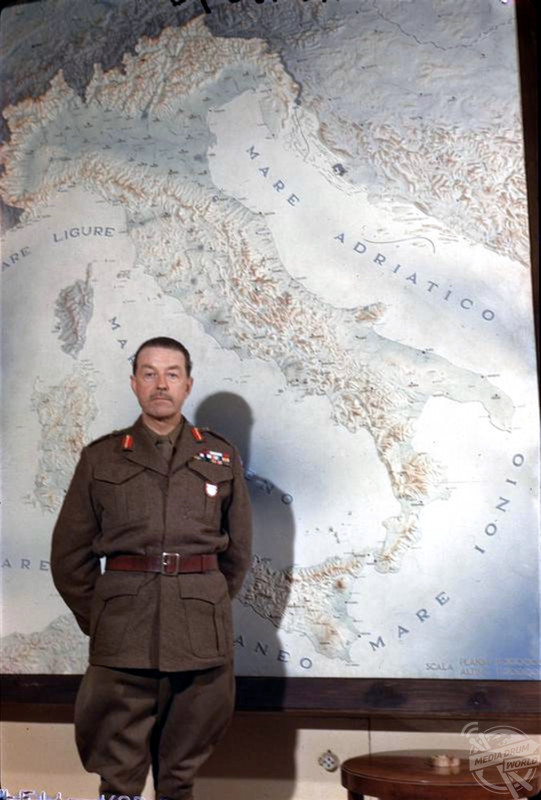
standing in front of a map of Italy at his HQ in the Royal Palace of Caserta.
Malcolm Tudor / mediadrumimages.com
“These operations are shown with their actual landing areas, which were not always those intended by military planners located in North Africa or in southern Italy. In July 1944, the Allied Force Headquarters (AFHQ) for the Mediterranean Theatre of Operations, which planned and directed ground, naval, and air operations, moved forward from Algiers to the Royal Palace of the Bourbons at Caserta, 19 miles from Naples in Campania.
“The story of the SAS in Italy has remained largely unknown and it is a pleasure to shed light on what many members of the Regiment called the ‘Italian Job’, well before the film of the same name.
“The accounts are woven through with the ethos of the SAS as we have come to know it since the Regiment’s birth in North Africa, but they also show how the men responded successfully to the different conditions they found in Italy, which helped to ensure final victory.”
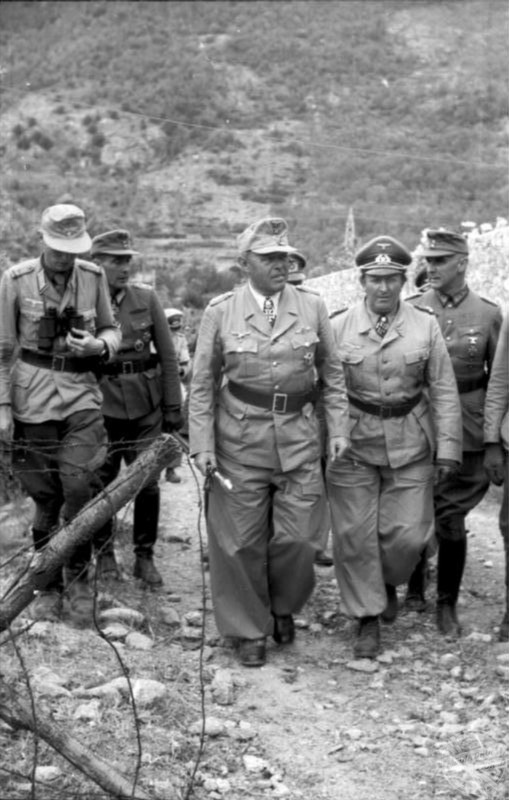
an inspection tour in the Italian Apennines in 1944.
Malcolm Tudor / mediadrumimages.com
The Special Air Service (SAS) is a Special Forces unit of the British Army. The SAS was founded in 1941 as a regiment, and later reconstituted as a corps in 1950. The unit undertakes a number of roles including covert reconnaissance, counter-terrorism, direct action and hostage rescue. Much of the information and actions regarding the SAS are highly classified, and is not commented on by the British government or the Ministry of Defence due to the sensitivity of their operations.
The SAS was formed in July 1941 by David Stirling and originally called “L” Detachment, Special Air Service Brigade—the “L” designation and Air Service name being a tie-in to a British disinformation campaign, trying to deceive the Axis into thinking there was a paratrooper regiment with numerous units operating in the area (the real SAS would “prove” to the Axis that the fake one existed). It was conceived as a commando force to operate behind enemy lines in the North African Campaign and initially consisted of five officers and 60 other ranks.
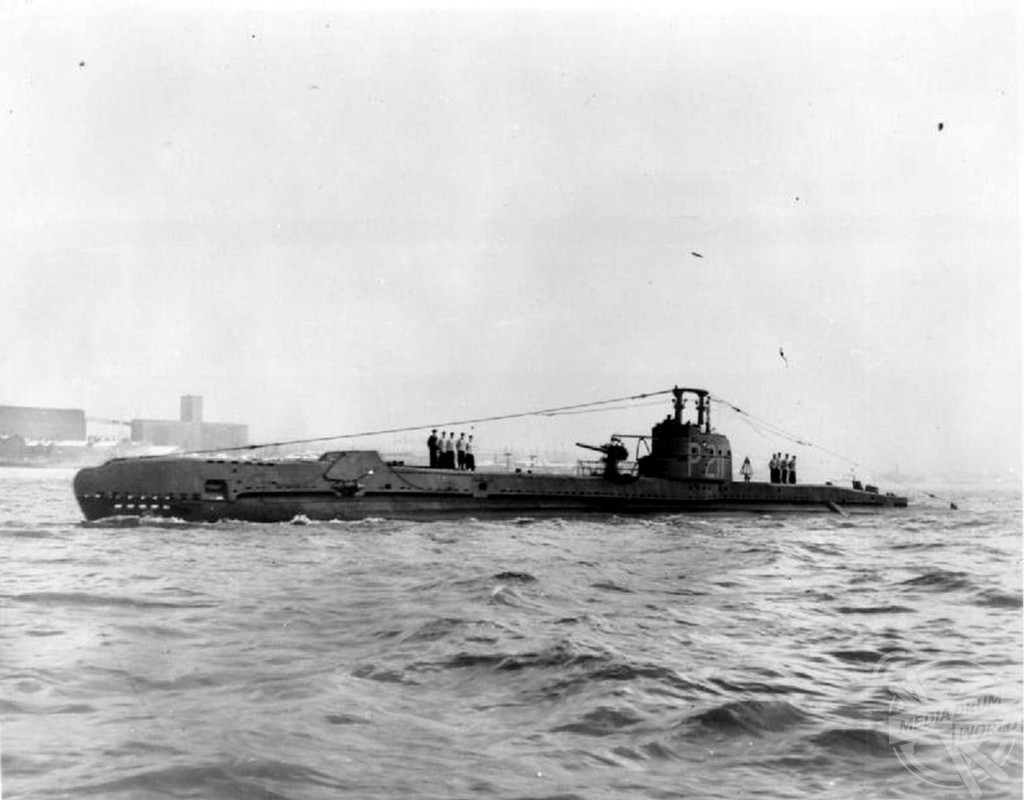
Sardinia during Operation Marigold in May 1943.
Malcolm Tudor / mediadrumimages.com
Malcolm Tudor’s new book, SAS in Italy: 1943-1945, is published by Fonthill Media. It is available now. RRP £20.









